"Exceptional Pair Of South American Colonial Dueling Rapiers Circa 1700"
South American rapiers from the colonial period are very rare on the market. Encountering a pair of dueling rapiers is exceptional.The duel of honor declined in Europe from the 17th and 18th century except in the Iberian Peninsula and in Italy. In colonial Latin America, the use continued, for sometimes futile reasons (often for example when two individuals disagreed about a woman). The general appearance of these two rapiers is entirely comparable to the Portuguese models of the second half of the 17th century, with the difference that these were equipped with handles mounted with iron guards and pommels. Of course the grips of these Portuguese swords were covered with iron wire binding. The ferrules, initially made of twisted iron binding (= "turk's heads") , were gradually replaced by rings, always made of iron.
The choice of brass for the mounts of this pair of rapiers is probably linked to the humid climate of Brazil. As iron oxidized, it tended to stain clothes, and it required constant maintenance. In France, the same observation was made for cavalry strongswords from the end of the reign of Louis XIV
The blades of lenticular section can be dated approximately to the years 1680-1730.
The spelling of the inscription "Viva o Brasil" corresponds to the way the country's name was written during the colonial era. The spelling "Brazil" only became widespread at the very end of the 18th century and the beginning of the 19th century.
So it is reasonable to date these two rapiers from the turn of the late 17th-early 18th century, to be prudent, , we will date them from the very early 18th century..
BLADES: After a very short ricasso, they take a section rounded lozenge, then lenticular, with 2 sharp edges. On each side, we find on the first third a thin central groove in which the inscription "VIVA O BRASIL" is engraved, partly erased. On one of the two rapiers, we can see a remnant of floral decoration which must have originally adorned the entire first third of each blade.
At the level of the ricasso, remains of the name of the furbisher, too worn to be decipherable.
Length of the blades = 84.5 cm, Width at the ricasso = cm, thickness at the ricasso = 2.8 cm thickness at the ricasso = 6.2 mm balance point of the blades 7 cm from the bowl.
GUARDS: these are so-called "taza" guards, in one-piece brass, with a strong point-breaking edge highlighted by 2 engraved lines. the quillons are straight, they are welded to the edge of the cup and end in 4-sided tassels, which have the same shape as the pommels.
The guard knuckle branch is in an arc with a central button. It joins the pommel to which it is fixed by an iron screw, as on Walloon swords of the same period.
POMMELS : they are made of brass, in the shape of a bulb with a rounded square section. The heights of the two pommels are very slightly different (less than 2mm difference), which is not surprising since these are artisanal mounts and not industrial productions. I only mention this for the sake of accuracy. The tangs of the blades are riveted at the pommels.
GRIPS : they are made of wood, covered with a double wire binding of brass twisted into chevrons, these chevrons being separated by an untwisted copper wire. The ferrules called "Turk's heads" are made of braided brass binding. They are in perfect condition.
South American colonial rapiers are very rare, as I have already noted. Meeting a pair is exceptional. Their price is reasonable, it is almost the price of a single rapier from this period.
Shipping costs by carrier with insurance: France = €50, Western Europe = €70
Ref A-2434


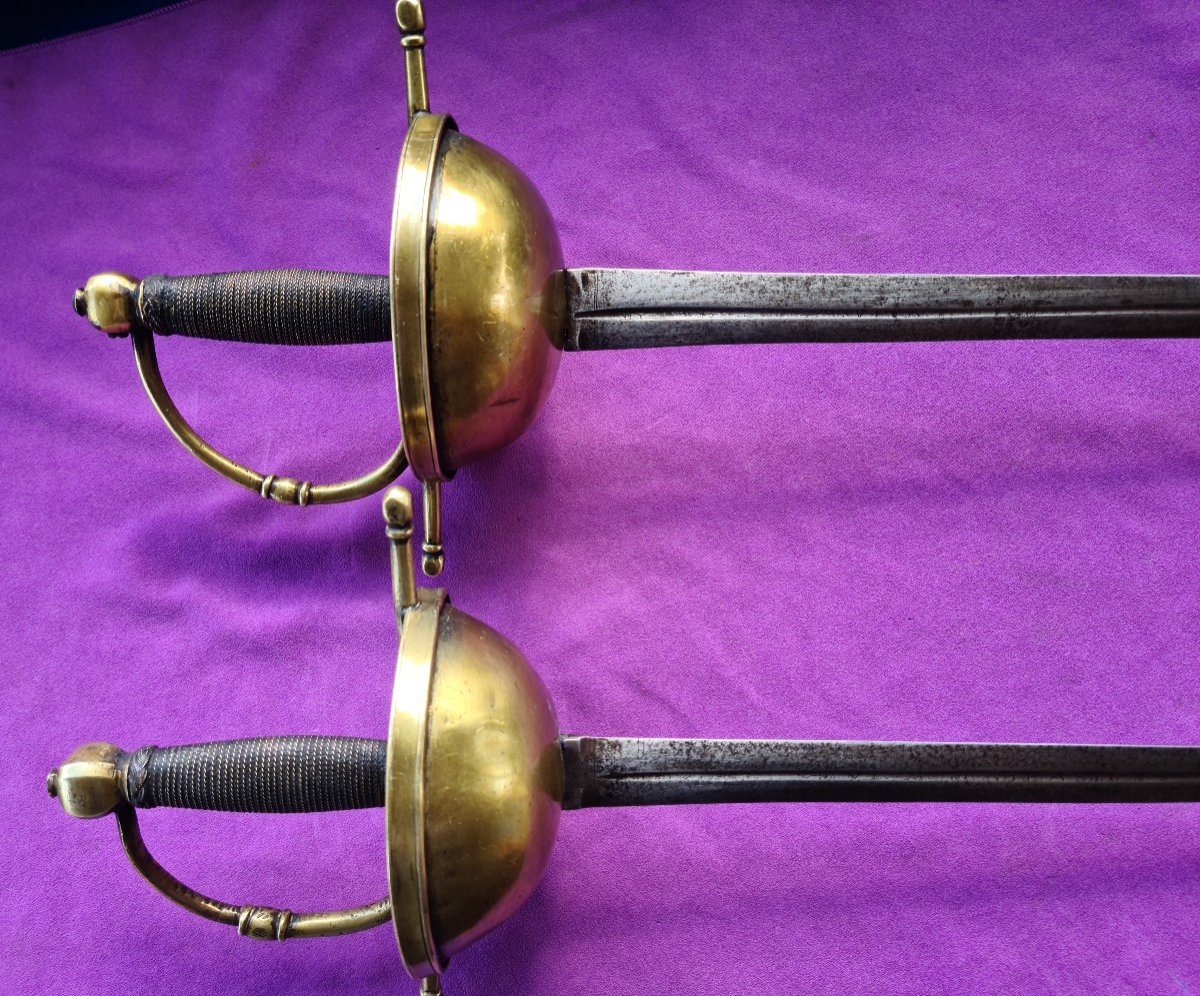
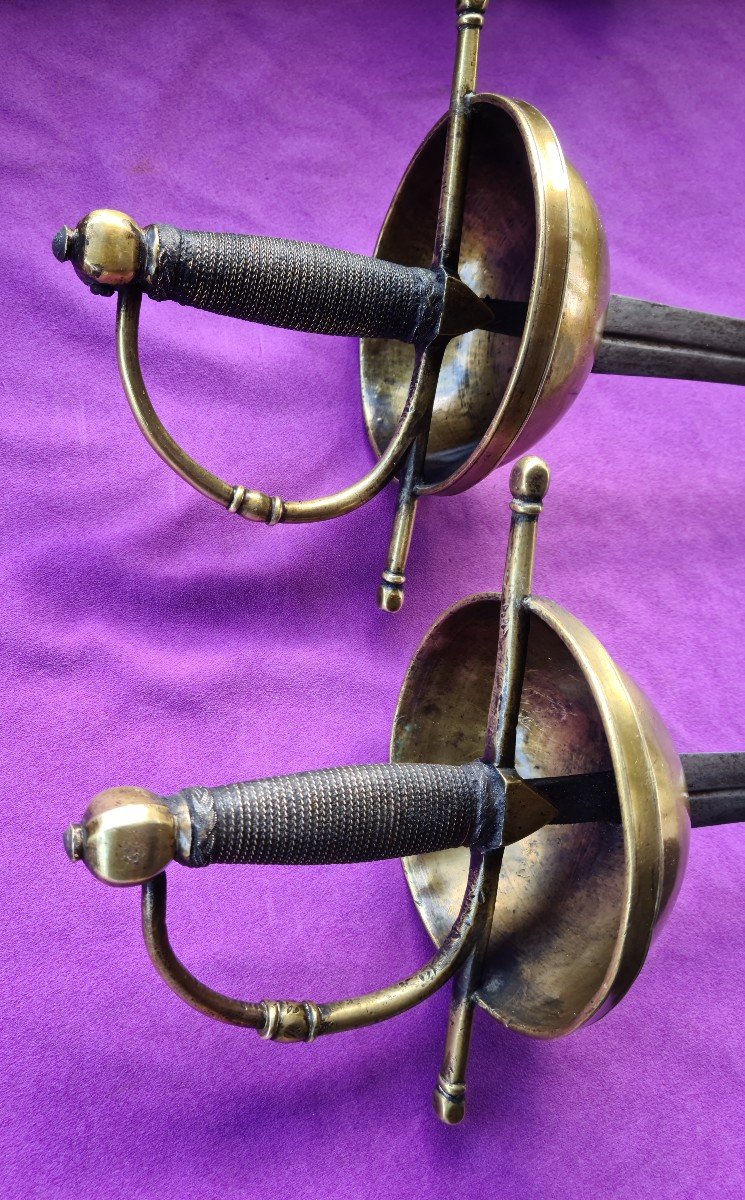
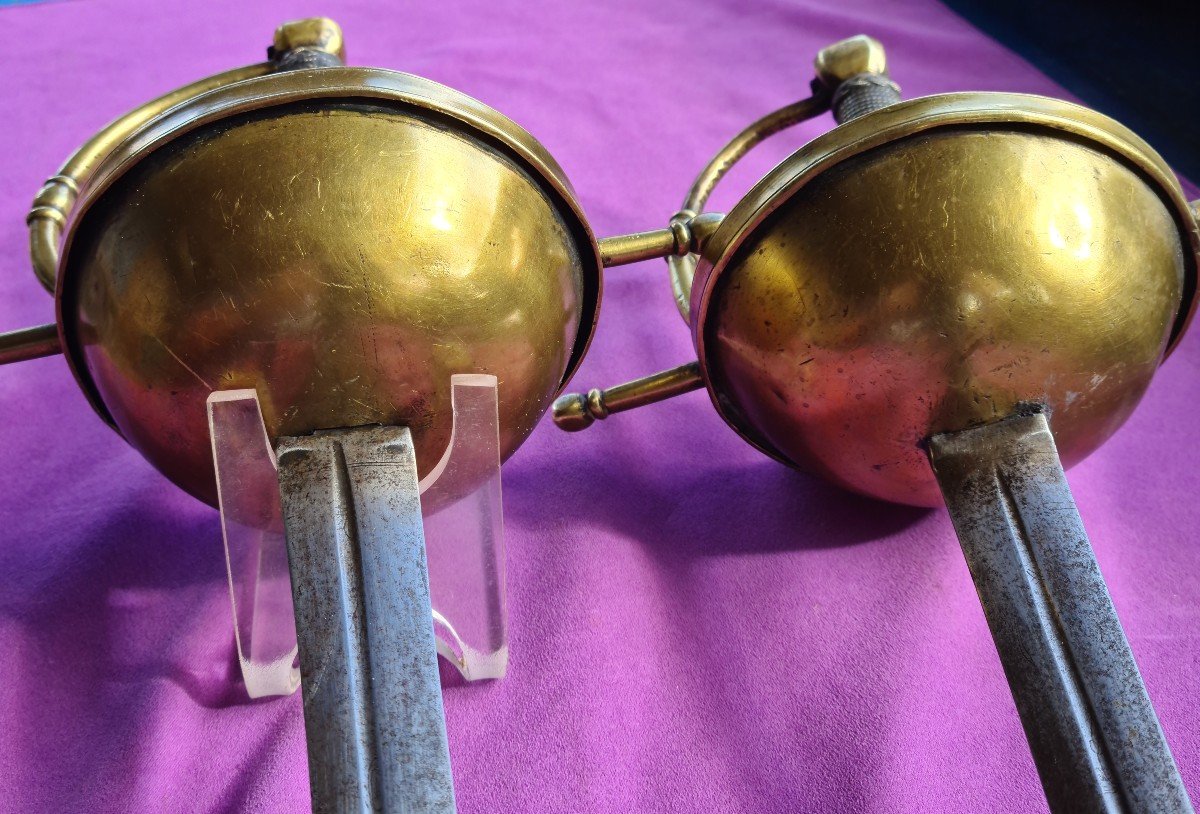
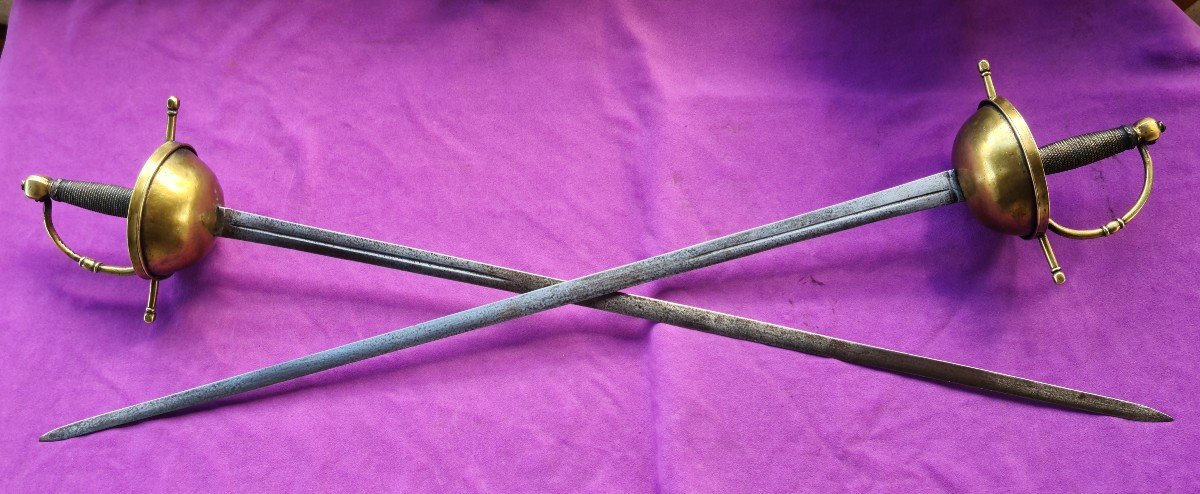
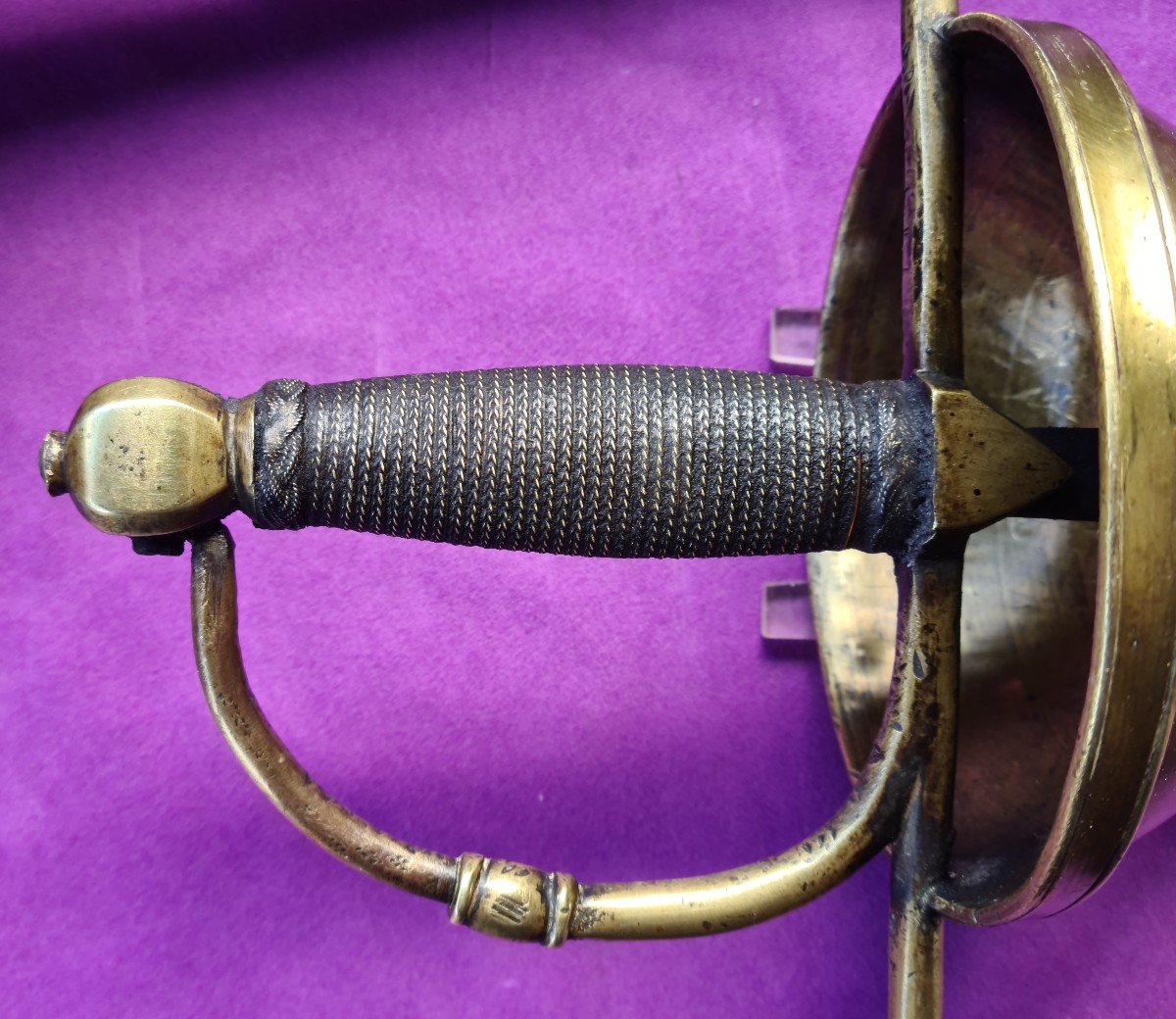
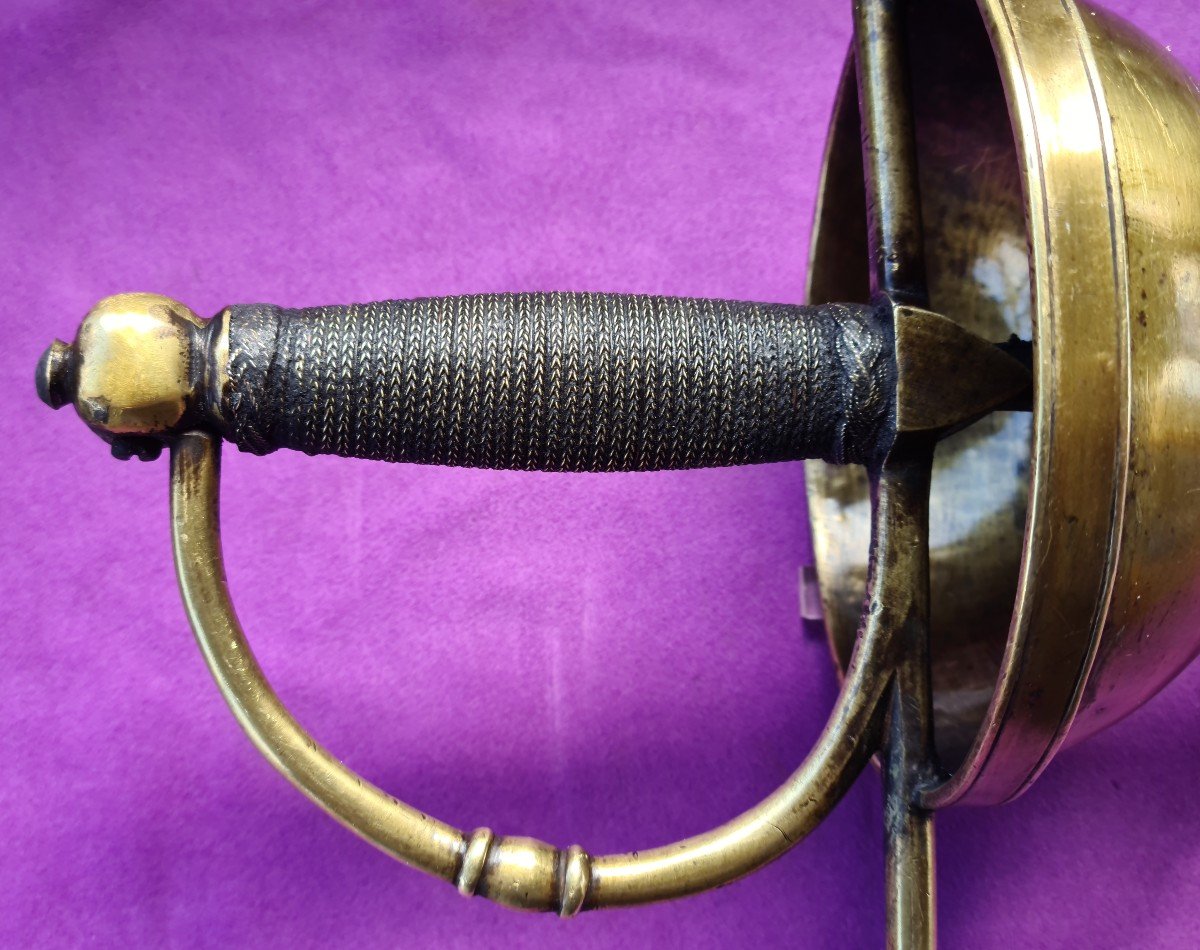
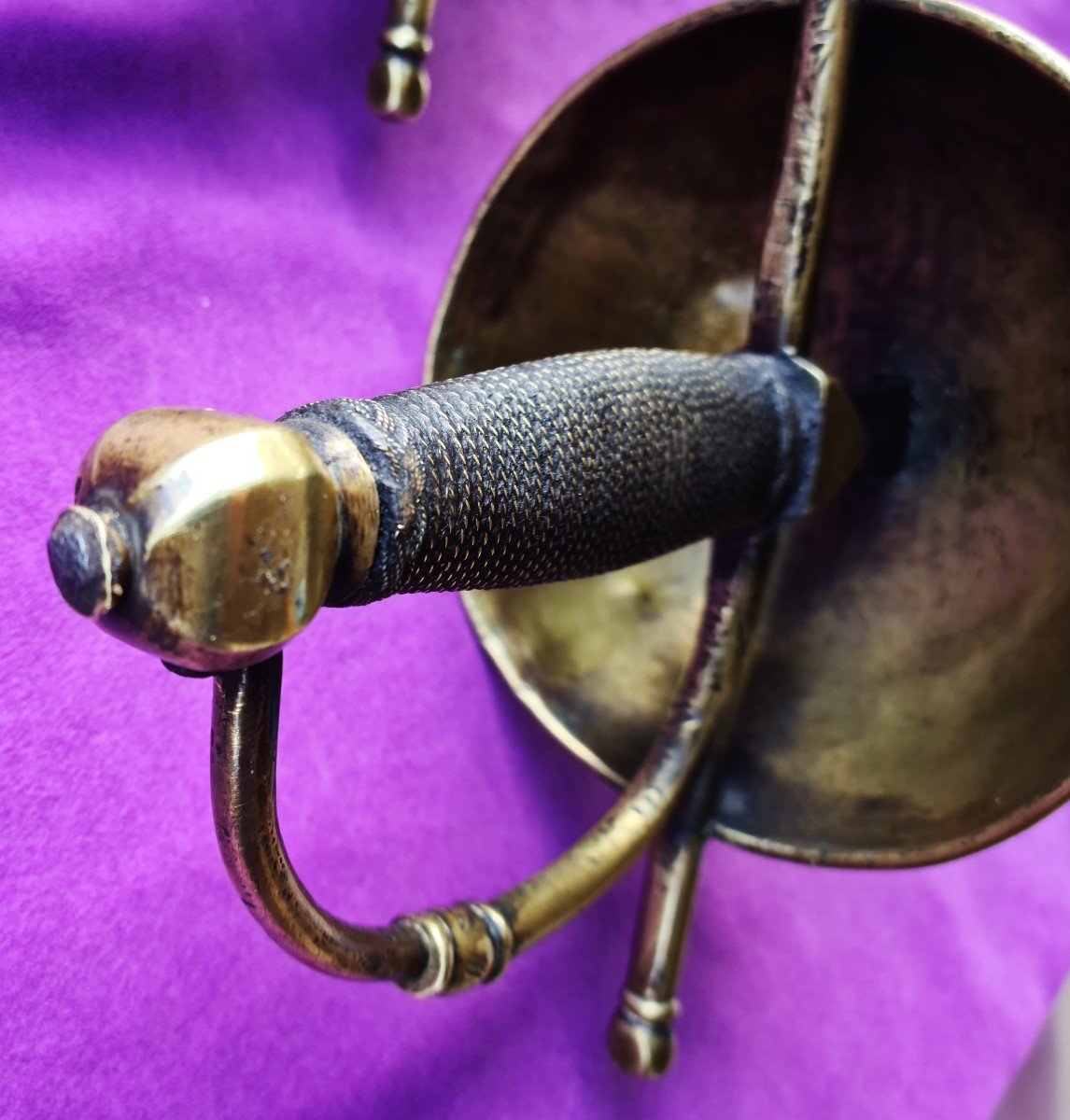
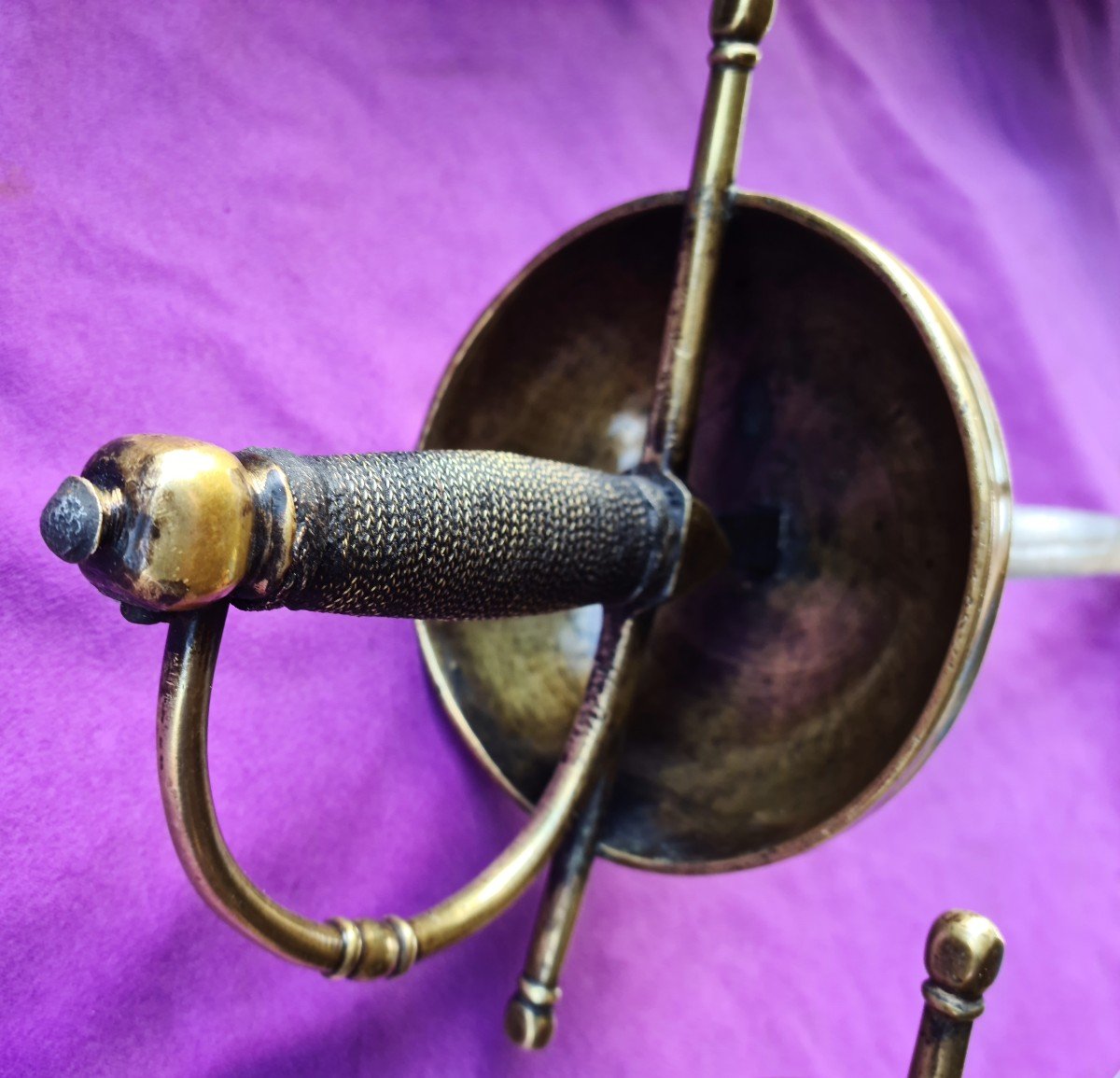
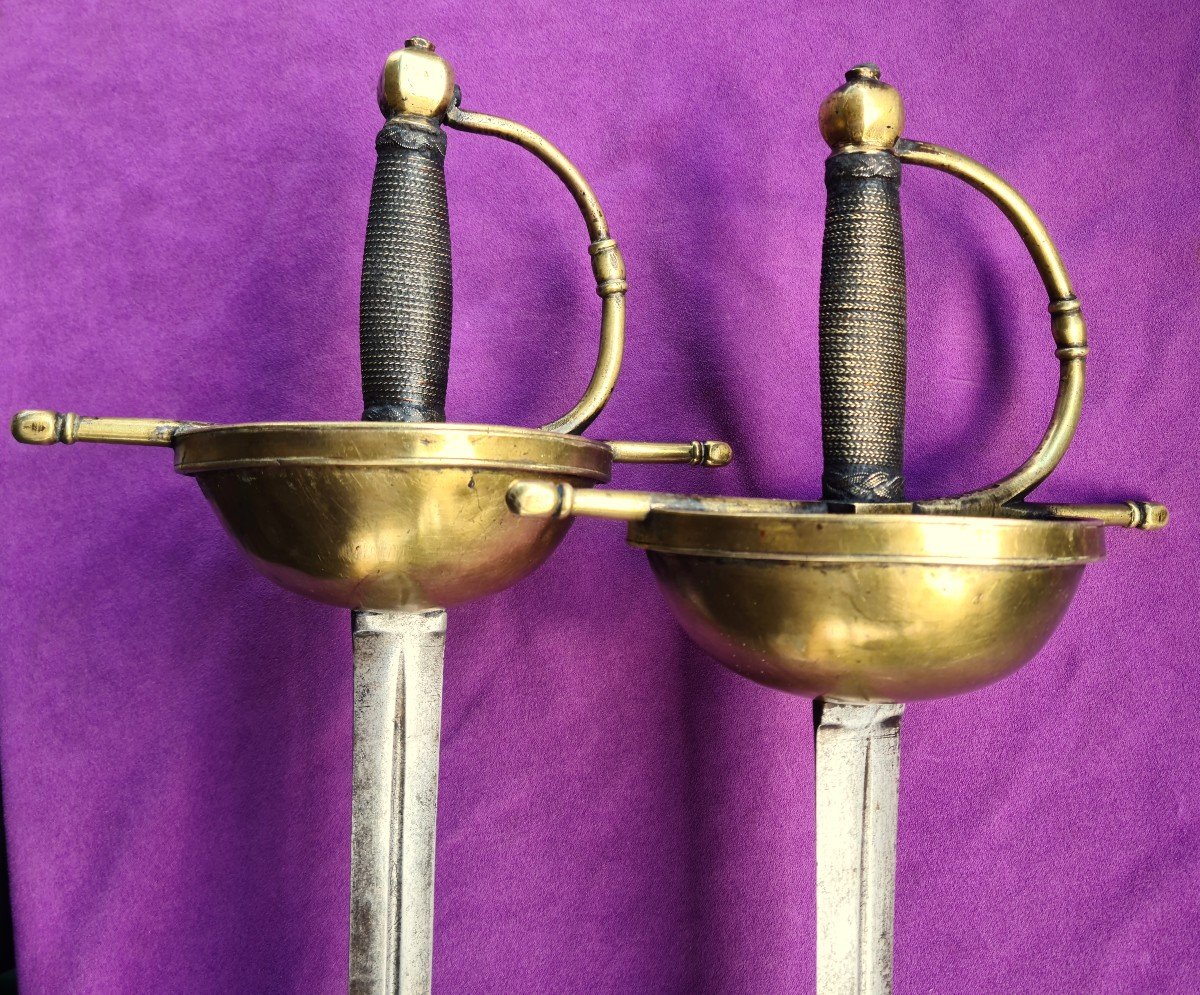

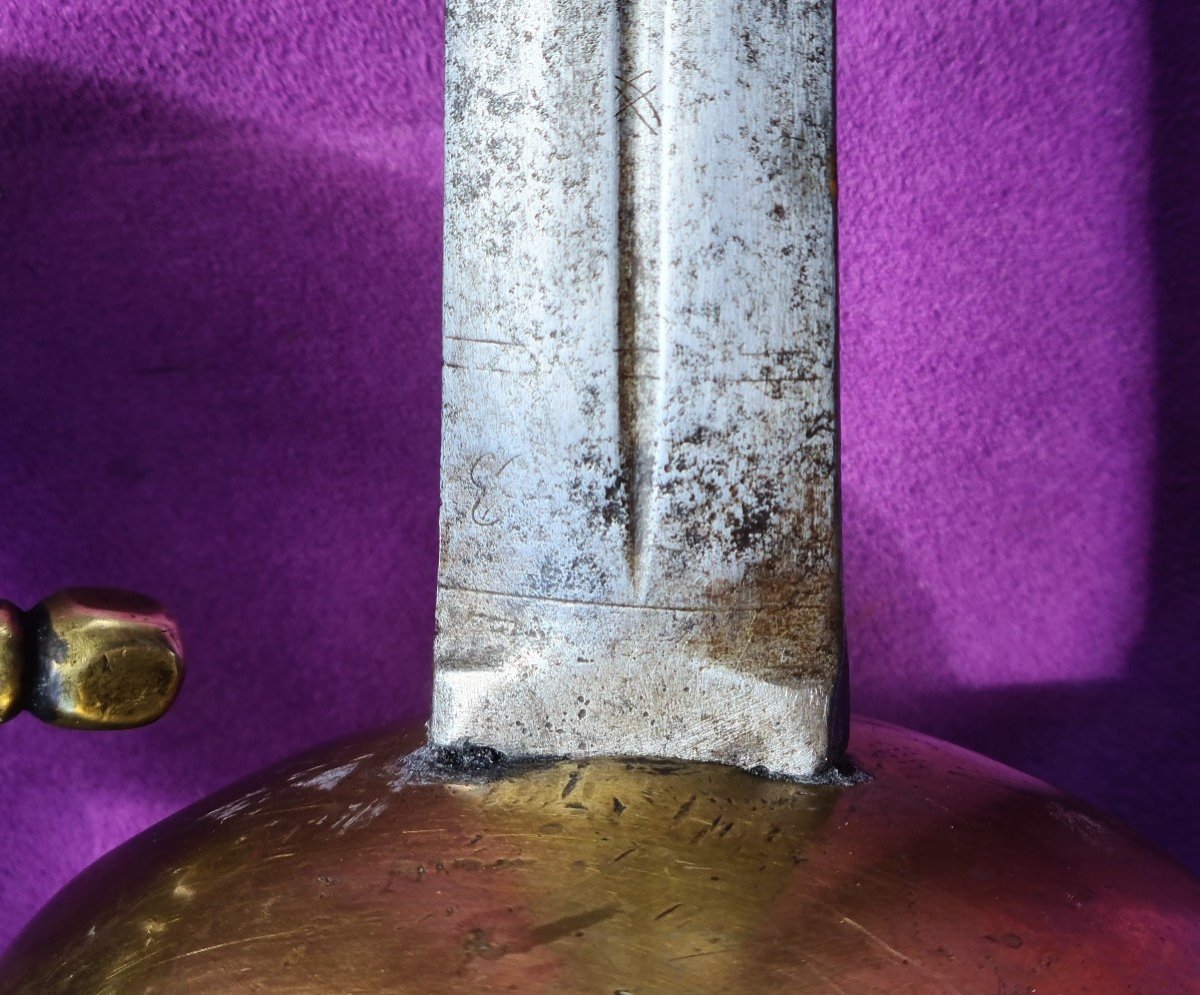
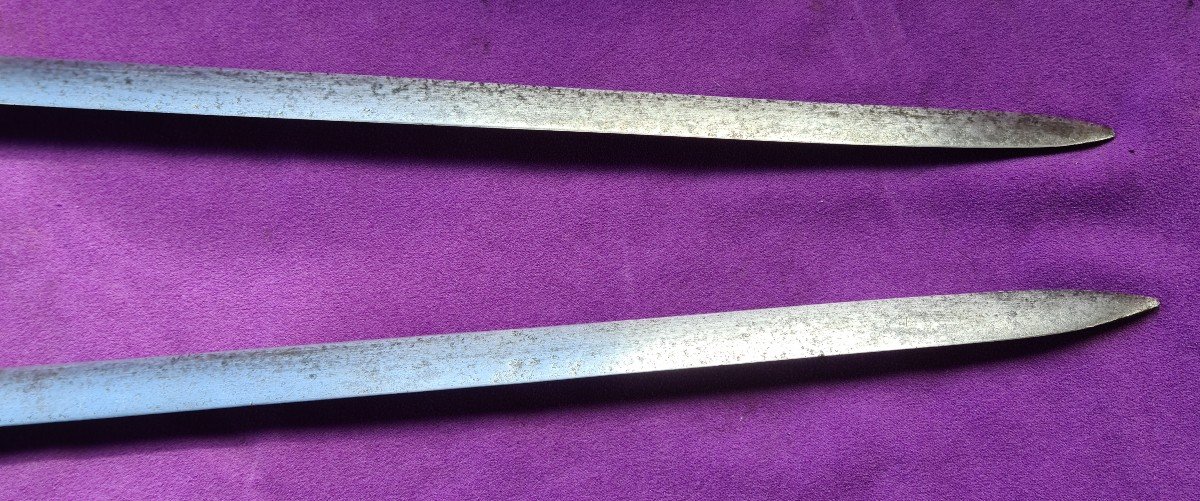













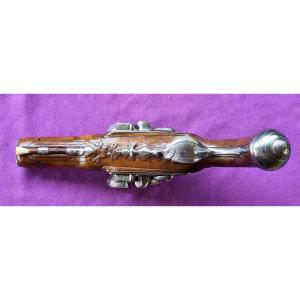

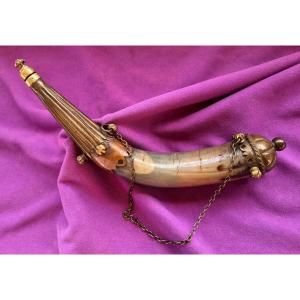



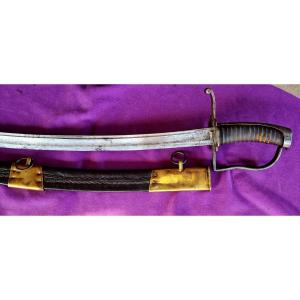

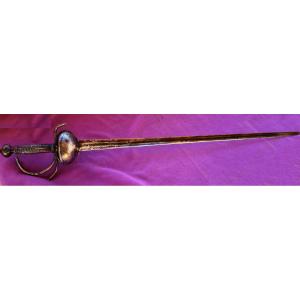

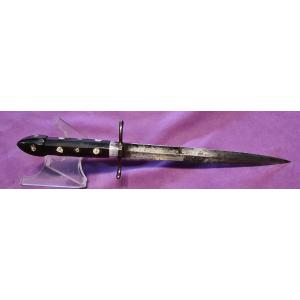
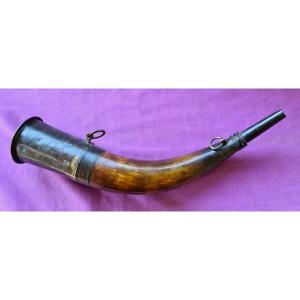


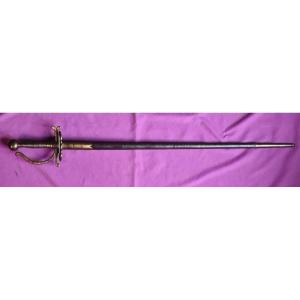
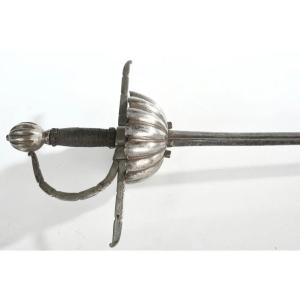
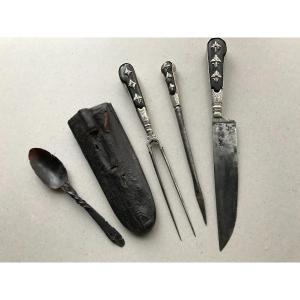
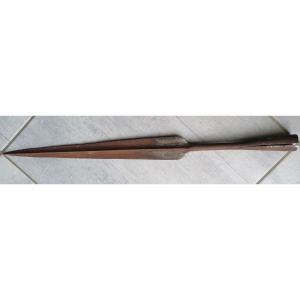
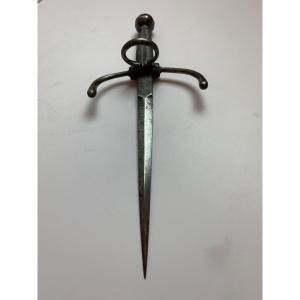
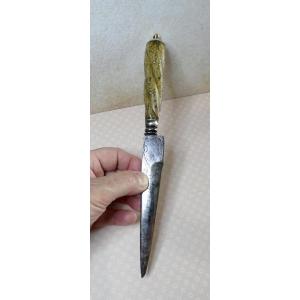




 Le Magazine
Le Magazine Rivista Artiquariato
Rivista Artiquariato TRÉSORS magazine
TRÉSORS magazine